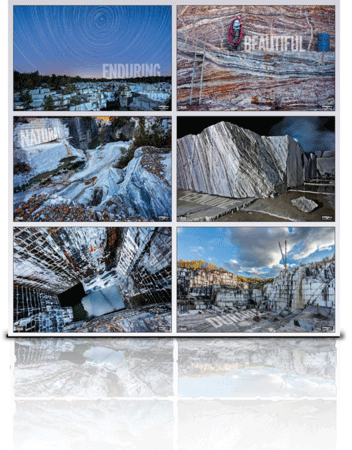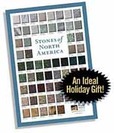
“Every stone tells a story,” said geologist Monica Price. “Decorative rocks can reveal evidence of ancient life forms and great global processes – from earthquakes to the formation of great mountain chains.”
In her sweeping, authoritative reference, The Sourcebook Of Decorative Stone (Firefly Books, September 15, hardcover), the author focuses on 300 rocks and minerals that are particularly popular or of special historic interest, from the most common to the exquisitely rare.
The book is organized by geological type, with information about their source, history and use; where they are quarried; how they are related and how they differ.
There are selections on:
• Alabasters and travertines
• Marbles and limestones
• Volcanic rocks
• Quartz and opal
• Metamorphic rocks
• Granites and other plutonic rocks
• Colorful, ornamental stone and more
“Not all rocks have decorative value,” said Price. “They must have a compact and cohesive structure that enables them to be sawn or shaped without splitting or breaking up, and they must have an attractive appearance.” Clear color photographs accompany the descriptions, illustrating how the stones appear when polished.
The author offers information about what makes a good ornamental stone, the practical use of each and a checklist for identifying decorative stones. She puts them into cultural and historic perspective, and she expands on them in sidebars.







